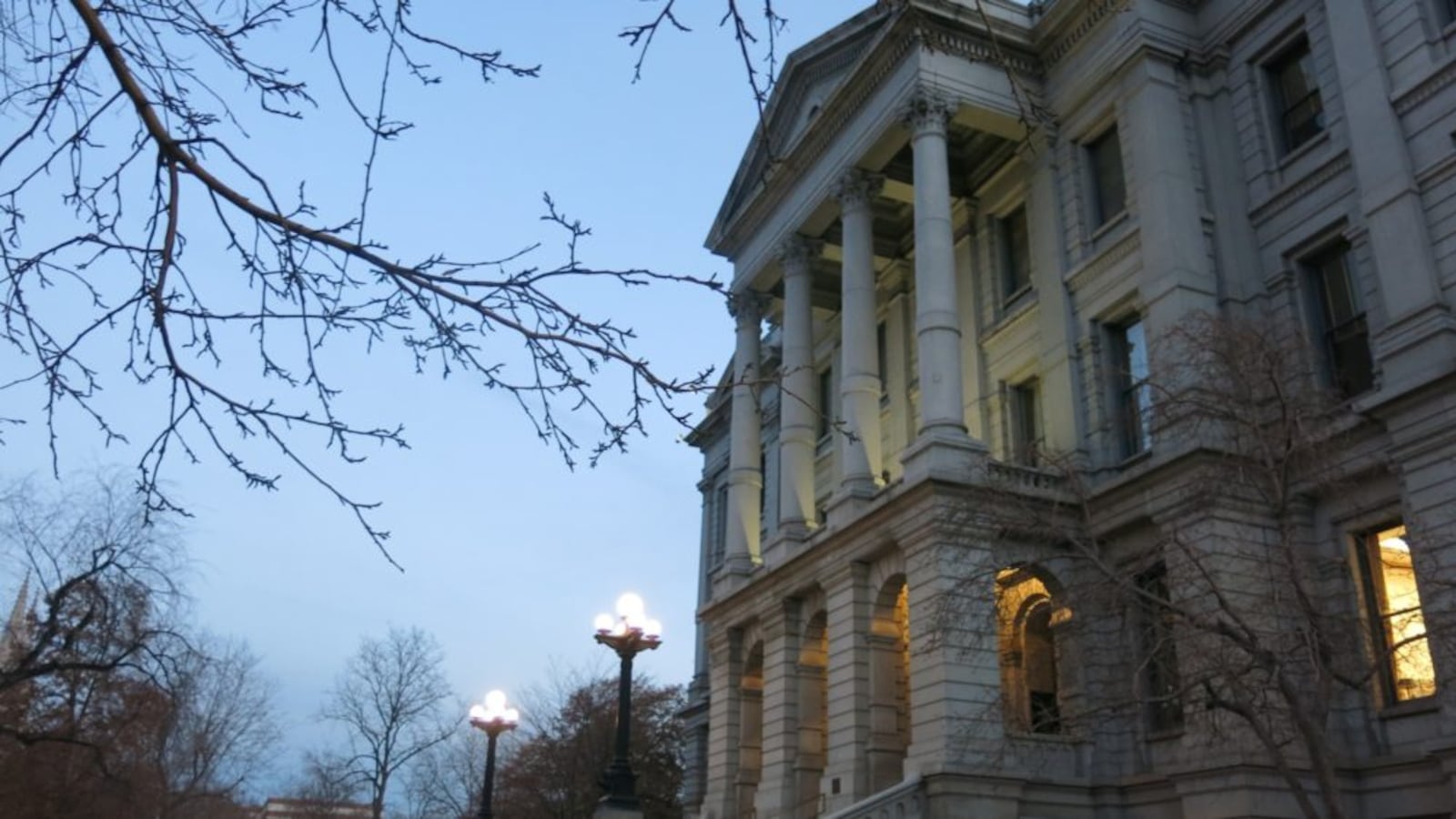With student enrollment lower than anticipated and property tax revenues up in many districts, the state could get back as much as $77 million originally allocated for schools this year.
That’s a small portion of Colorado’s $7 billion K-12 education budget, and that money could be used to help fund Gov. Jared Polis’ universal full-day kindergarten plan. But some lawmakers want school districts, not the state, to control at least a portion of that money.
Citing the recent Denver teacher strike and concerns over school funding, the Colorado House voted Friday to let schools keep $12.9 million of that money. The state Senate must either approve the amended Senate Bill 128 or send it back to a conference committee made up of the budget committee members.
It’s the first salvo in what could become a contentious debate over how the state funds schools.
Under Colorado law, the legislature determines how much money school districts should get for each student, with the state and school districts picking up a portion of the costs. If local districts raise more money, the state pays a correspondingly smaller amount. This year, school districts raised a collective $56.1 million more than predicted from local sources, mostly property tax revenue.
At the same time, schools are educating fewer students than predicted. Per pupil funding is based on estimates made months in advance. Enrollment for the current school year is 1,056 fewer than forecast, with at-risk student enrollment 9,893 fewer than the estimate.
The $77 million — or $64.1 million if the House amendment stands — could help fund full-day kindergarten, which is estimated to cost $227 million next year.
Or it could go into next year’s school finance act, which lays out how much money schools will get for 2019-20. Or it could go into the general fund, where it could be used for other needs.
But asking school districts to return money midway through the year can be difficult “because districts hire teachers for the start of the school year and then it’s really hard halfway through to say, ‘Oh, we can’t pay for you anymore,’” said Matt Cook, director of advocacy and public policy for the Colorado Association of School Boards.
Last year, the state took back $104 million. With an increase in local revenues of $97 million, the total cut was only about $7 million, compared to a $21 million impact this year if the state keeps the full amount. Some of last year’s money was later put toward school safety measures.
The House amendment keeps average per-pupil funding at $8,137, instead of reducing it by about $15 on average as the Joint Budget Committee proposed.
The impact of these proposed changes varies among school districts, said Tracie Rainey, executive director of the Colorado School Finance Project. Some districts have seen larger changes in enrollment than others, and some districts raise a large portion of their revenue from local sources, while others are more dependent on state funding.
“[Y]ou’re all of a sudden again going to have a whole different group of kind of winners and losers in this process,” she said.
There’s also a political consideration for Democrats and Republicans alike.
“Everybody who ran for election this last year ran on funding education better, and that they were looking to try to solve the problem,” Rainey said.
In fact, attack ads in the 2018 election often cited votes on school finance amendments or promises to increase school funding.
The House amendment passed on a voice voice with apparent broad support. It replaced an earlier amendment that would have left all $77 million with the school districts.
“I think our next step for us would be what’s the financial, fiscal implication of the amendment and then wait to see what we hear from our staff,” said state Sen. Rachel Zenzinger, an Arvada Democrat and budget committee member.
How this relatively tiny slice of the pie is carved up could be instructive, going forward, education observers say.
“That’s always the big question every year, right?” Cook said. “How do we pay for everything? This year you’ve got the pressure for full-day kindergarten, so I think it’s going to be a very tough budget negotiation.”

